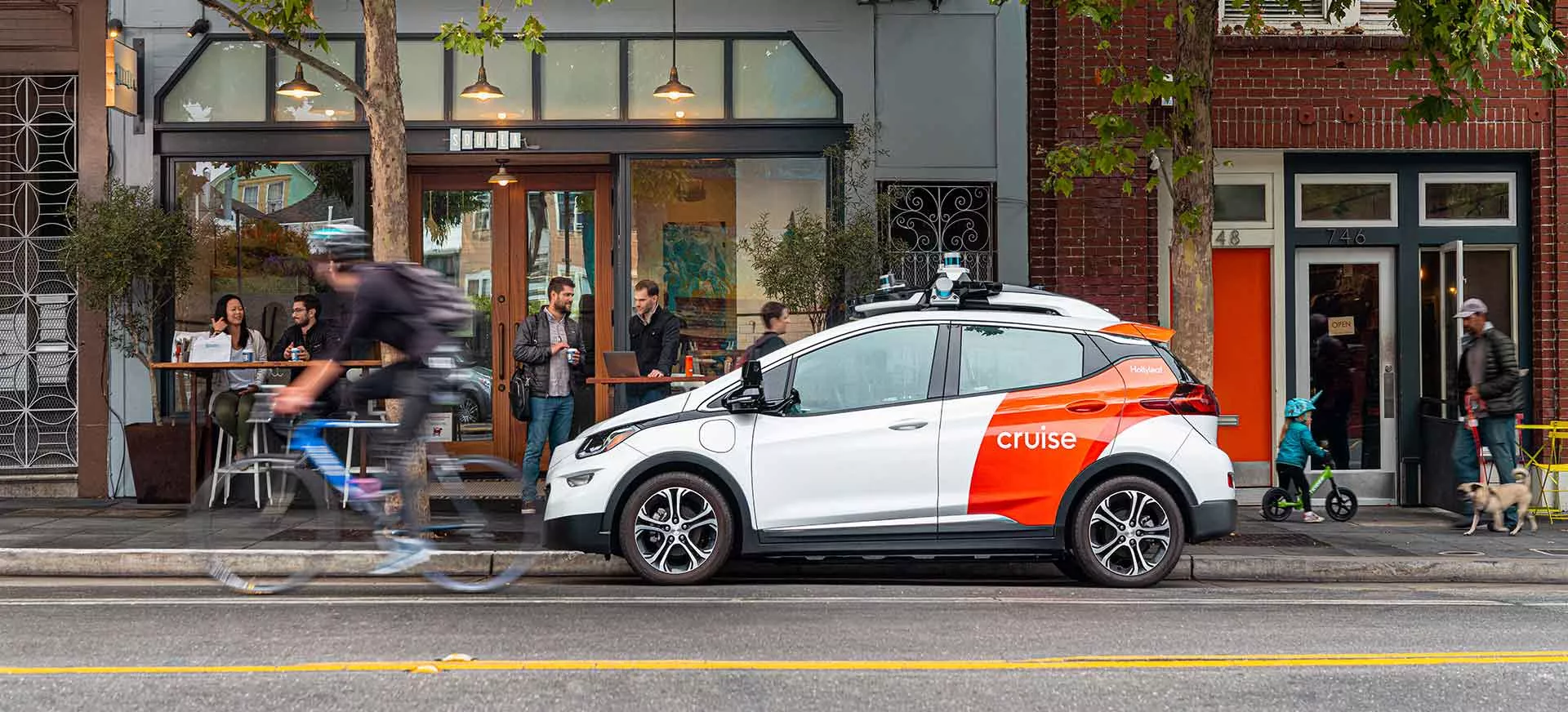In brief: Autonomous vehicle giant Cruise has denied allegations that two of its self-driving taxis delayed an ambulance from leaving the scene of a crash in which a pedestrian was struck by a car. The person later died in hospital.

A San Francisco Fire Department report (via The New York Times) states that on August 14, two Cruise driverless vehicles stopped in the right two lanes of a four-lane, one-way street in the SoMa neighborhood, where the victim was found. A police vehicle in another lane also had to be moved in order for the ambulance to leave.
The Cruise vehicles reportedly delayed the ambulance in its journey to the Zuckerberg San Francisco General Hospital, about 2.4 miles away. The patient died 20 to 30 minutes after arriving at the medical facility.
"This delay, no matter how minimal, contributed to a poor patient outcome […] The fact that Cruise autonomous vehicles continue to block ingress to critical 911 calls is unacceptable," wrote the SF Fire Department.
It was only a few weeks ago when a fleet of Cruise vehicles became stuck in the middle of three San Francisco streets, causing a massive traffic jam.
Hi @friscolive415 - A large festival posed wireless bandwidth constraints causing delayed connectivity to our vehicles. We are actively investigating and working on solutions to prevent this from happening again. We apologize to those who were impacted.
– cruise (@Cruise) August 12, 2023
General Motors subsidiary Cruise said the latest incident was not its fault. The company shared footage with the NYT that appeared to show one of its vehicles had moved from the scene before the victim was loaded into the ambulance. The other Cruise vehicle stopped in the right lane until after the ambulance left.
"The first vehicle promptly clears the area once the light turns green and the other stops in the lane to yield to first responders who are directing traffic," a Cruise spokesperson wrote in a statement. "Throughout the entire duration the AV is stopped, traffic remains unblocked and flowing to the right of the AV. The ambulance behind the AV had a clear path to pass the AV as other vehicles, including the ambulance, proceeded to do so. As soon as the victim was loaded into the ambulance, the ambulance left the scene immediately and was never impeded from doing so by the AV."
The ambulance passed the stopped Cruise vehicle about 90 seconds after the victim was loaded onboard.
The Fire Department said this was just one of more than 70 incidents of autonomous vehicles interfering with emergency responders.
"In those cases seconds and minutes can make a difference in whether somebody bleeds out or is able to be resuscitated from a heart attack or other emergency," said Aaron Peskin, President of the San Francisco Board of Supervisors. "And it's not a question of 'if," it's a question of 'when.'"
The incident came just four days after the California Public Utilities Commission gave its approval for autonomous vehicle companies to expand robotaxis' hours of operation to 24/7 while charging for rides.
A postcard, with love pic.twitter.com/tO4EOOSfao
– Safe Street Rebel (@SafeStreetRebel) July 11, 2023
Anti-car activists protested against San Francisco's Cruise and Waymo vehicles in July with a "week of cone," which involved protesters disabling the autonomous taxis by placing traffic cones on their hoods. A video from the group responsible pointed out that AVs block buses, emergency vehicles, and everyday traffic. It also claimed that the companies behind them are partnering with police to record everyone all the time without anyone's consent. Most importantly, the vehicles require streets designed for cars, not people or transit.